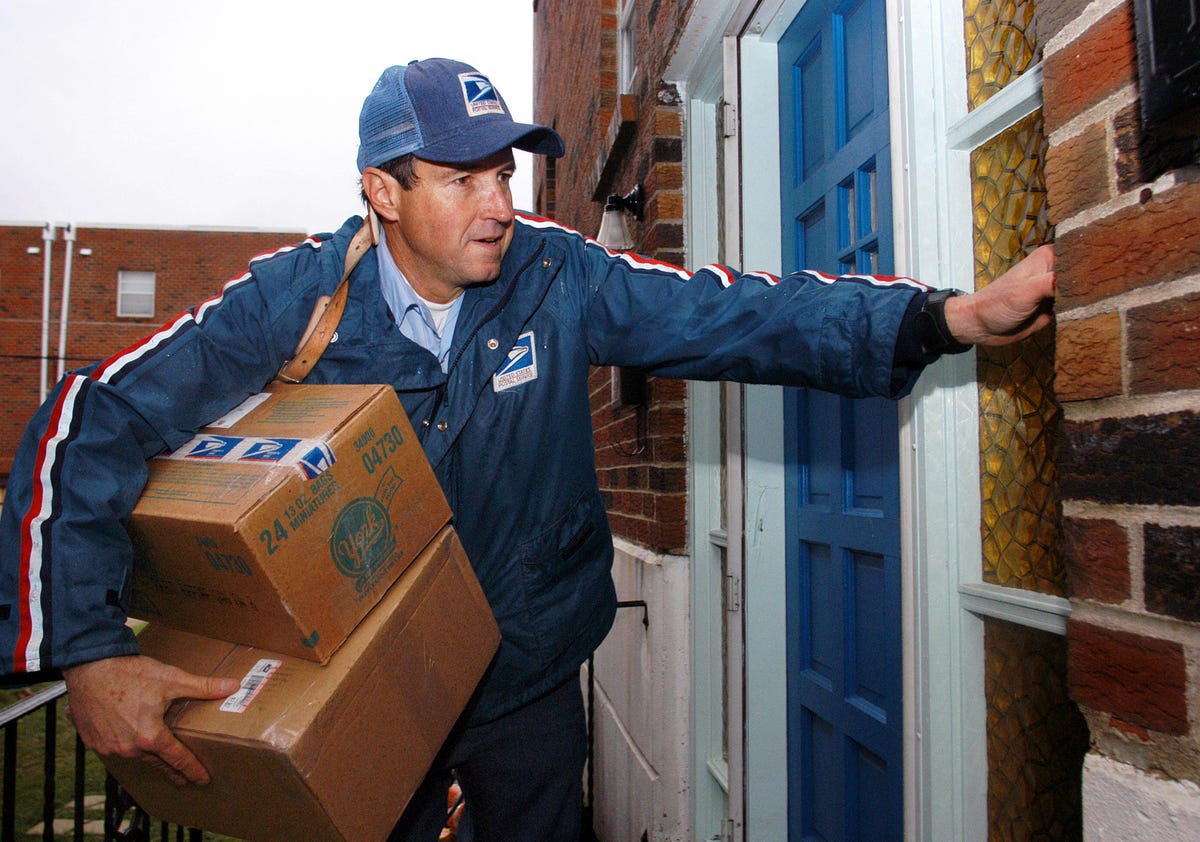
Growth in subscriptions by consumers is slowing down (Photo by William Thomas Cain/Getty Images).
A lot has changed in the subscription business. During the pandemic, it was a boon to consumers to have the store come to them in a box. But now consumers are more venturesome and subscriptions are less necessary. According to a survey of almost 2000 consumers by Attest, there are fewer consumers with subscriptions than in the past. In November 2020, 47% of respondents said they had a product subscription but in August 2021, that number dropped to 41%. Consumers are also less likely to have more than one subscription; last year 21% had multiple subscriptions and this year that number is 18%. Of all consumers, those aged 41-55, are the most likely to have dropped a subscription during the last year.
The types of subscriptions that are most popular hasn’t changed. More than 35% of subscribing consumers have a subscription for one of these categories:
- Food and drink
- Personal care
- Health and fitness
But pet subscriptions have risen in importance. Now over 32% of subscribing consumers have a pet product box. The growth is driven by consumers over 40.
Consumer Motivations
The most important reason why consumers subscribe to product home deliveries is convenience. While the importance of all other motivations for subscriptions has declined in the last year, the importance of convenience has doubled (from 16% to 32%). The increase is driven by older consumers, with boomers twice as likely as Gen Z consumers to say convenience is the most important factor. For those younger consumers, value is slightly more important.
But the news about consumers’ motivations is not all bad. Although fewer consumers are actively looking for a new subscription (14% vs. 18% last year), fewer consumers say they wouldn’t consider it (21% vs. 27% last year). For those consumers who wouldn’t consider a new subscription, price is the most important consideration.
Consumers who are interested in subscriptions are not willing to pay endless amounts for them. More than half won’t pay more than $30 a month. As a general rule, the older the consumer the more they’re willing to pay. The two categories more consumers feel is missing in the subscription market are alcohol and cannabis.
MORE FOR YOU
When consumers were asked about the subscription brands they knew, one name dominated: the fashion brand Stitch Fix. But in the most popular category, food and beverage, Hello Fresh was named almost twice as often as the #2 best-known brand, Blue Apron.
How To Win
With growth slowing down, the question of how a new subscription brand can be successful is increasingly important. Consumers say the most important thing a brand can do to give them confidence to try a subscription is to offer an introductory discount. The most important thing consumers say brands should avoid is making it hard to cancel. After that, the most important things to avoid relate to delivery; having long delivery times or having to collect their subscription from a local store are the most disliked characteristics.
Importantly, the subscription business is still in its infancy. While the industry is focused on subscription-only businesses, there is a huge opportunity for brands and retailers who are not mostly subscription to add a subscription feature to their businesses. It seems likely that over time many retailers will have subscription features just as they now have buy-online-pickup-instore and many other recently added services.
Like most of retail, the subscription business is getting harder. To succeed now, a subscription business needs a core, targeted audience that feels strongly enough about the brand to tell their friends in person or on social media. That word-of-mouth communication turbocharges a company’s marketing budget and allows it to be profitable in the long term. Without that, brands have to pay more and more for every new customer and that makes long-term survivability more questionable.




